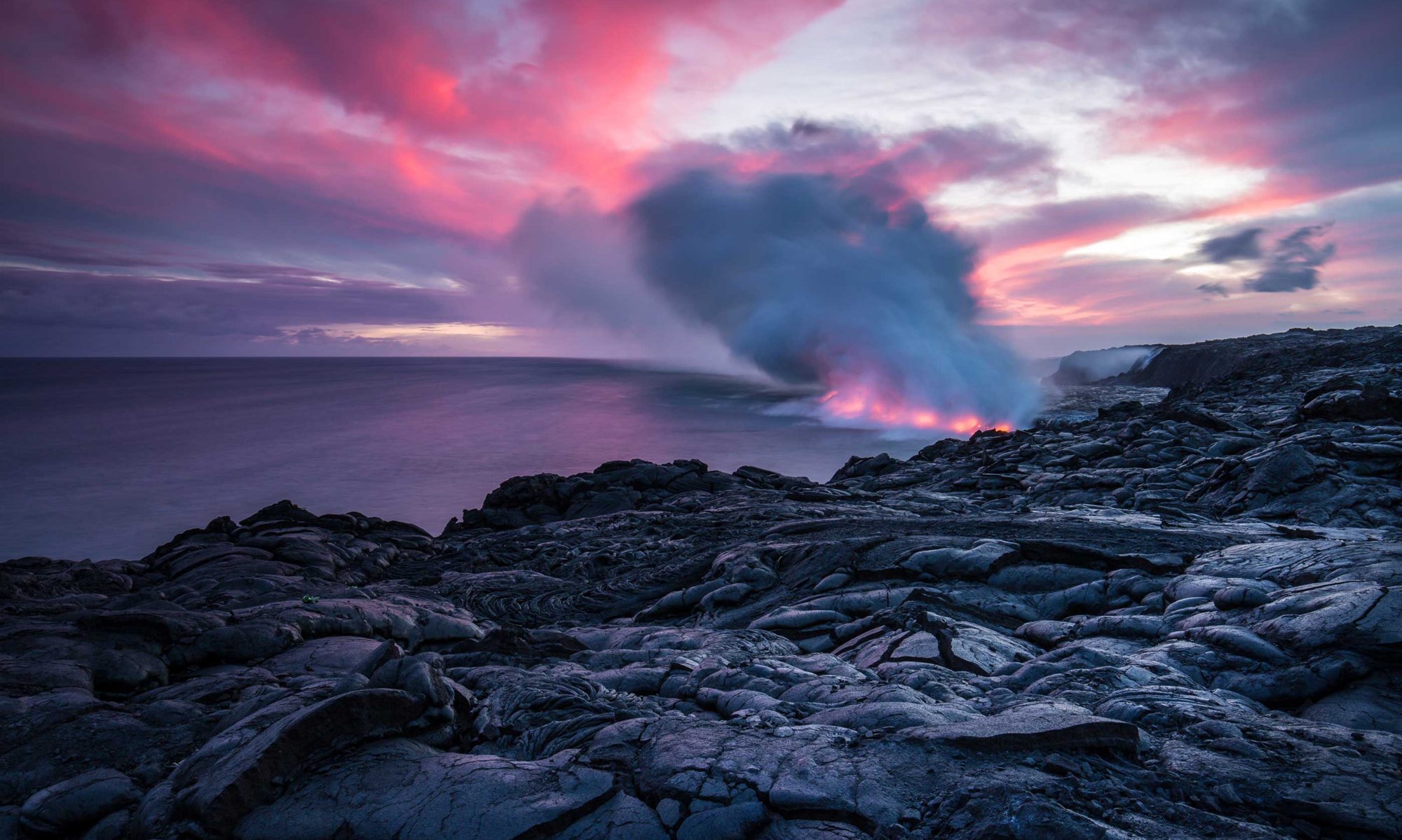The plates of the Earth’s crust push against each other, causing mountains and volcanoes to form along the collision zones. But when modeling what exactly is happening inside the Earth, we are limited to indirect observation; for example, by performing pressure experiments on rocks from the Earth’s mantle or by analyzing seismic waves triggered by earthquakes.
Continue reading “Grain size of mantle rocks affects tectonics”Greenland peripheral glaciers
Greenland’s many small glaciers are melting rapidly, and the melting is increasing, especially in the Arctic regions, where the temperature rise is the worst.
Continue reading “Greenland peripheral glaciers”Mantle rain
Hidden inside the Earth-within several hundred kilometers below the crust-there is another ocean which is most likely the largest ocean in the world. However, this ocean is only water in the loosest sense: broken into its composite hydrogen and oxygen atoms and chemically bound to the surrounding rock.
Continue reading “Mantle rain”Extraordinary Arctic heating
New data shows extraordinary rates of global heating in the Arctic, up to seven times faster than the global average.
Continue reading “Extraordinary Arctic heating”Tonga tsunami
Scientists say they have identified the mechanism responsible for the exceptional tsunami that spread quickly across the world after the massive eruption of the Tonga volcano earlier this year.
Continue reading “Tonga tsunami”Ocean rings
The ocean is a very dynamic place. One phenomenon that has stumped researchers for years is how swirls of circular currents multiple kilometers wide, known as eddies or ocean rings, stay intact. Ocean rings are crucially important for transporting heat and nutrients throughout the ocean and can last from a few months to several years.
Continue reading “Ocean rings”Maintaining biodiversity
Almost half of the Earth’s surface must be protected to stop the biodiversity crisis, according to a new report published in the journal Science.
Continue reading “Maintaining biodiversity”Historic Greenland rainfall
For the first time ever recorded, in the late summer of 2021, rain fell on the high central region of Greenland’s ice sheet. The historic event was followed by the surface snow and ice melting rapidly.
Continue reading “Historic Greenland rainfall”Maintaining Earth’s climate
For many hundreds of millions of years, Earth’s climate has warmed and cooled with natural fluctuations in the level of carbon dioxide in the atmosphere. Over the past century, humans have increased CO2 levels to their highest in 2 million years, mostly by burning fossil fuels and causing ongoing global warming.
Continue reading “Maintaining Earth’s climate”Amazon net carbon emitter
The Amazon rainforest is the lung of the Earth’s respiratory system. The region holds roughly half of the tropics undisturbed forests. Its plants absorb 1.5 billion tonnes of carbon dioxide a year, equivalent to 4% of emissions from fossil fuels.
Continue reading “Amazon net carbon emitter”
